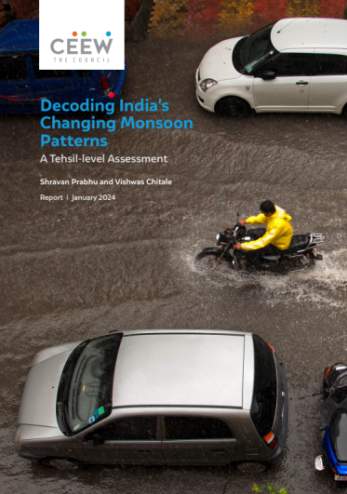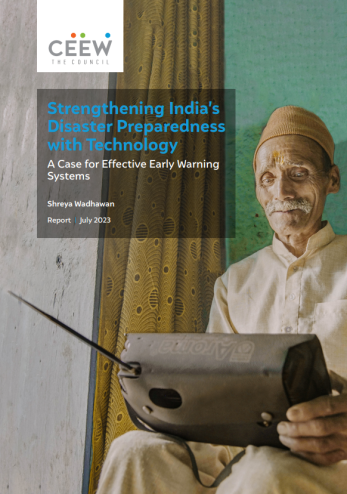Other Publications
Climate Risk Adaptation and Mitigation in India
Role of Reservoirs and Hydropower
Nitin Bassi
July 2022 | Climate Resilience, Sustainable Water
Suggested Citation: Bassi, Nitin. 2022. “Climate Risk Adaptation and Mitigation in India: Role of Reservoirs and Hydropower.” In Proceedings of the International Conference on Hydropower and Dams Development for Water and Energy Security: Under Changing Climate, Rishikesh, India, 7-9 April 2022, 1-4.
Overview
This paper discusses the influence of climate-induced hydrological changes on the availability of water for agriculture, energy production, and industrial, domestic and environmental needs in India. Subsequently, it analyses the role of surface water reservoirs in climate adaptation as well as the role of hydropower in climate mitigation. Finally, it provides suggestions for managing the economic, social and environmental trade-offs of such large water infrastructure projects.
Key Highlights
- Climate-induced changes in rainfall and global terrestrial annual evapotranspiration, along with land-use changes in the catchment, have altered the river flow, which has decreased in most of the river basins in India.
- Reservoirs play a crucial role in providing water security during the lean season and also during the years of below-normal rainfall.
- With only 183 cubic metres (cu m) per person, India has one of the lowest per capita surface water storage in the world. In comparison, the per capita storage is much higher in other major economies — it is 537 cu m in South Africa, 569 cu m in China, 1153 cu m in Spain, 2250 cu m in the United States, 3124 cu m in Australia, 3344 cu m in Brazil and 5500 cu m in Russia.
- Hydropower is the cleanest form of electricity. Among renewables, their carbon footprint over the full life cycle is the lowest.
- As of January 2022, India has utilised only about 30 per cent of its hydroelectric potential.
- In the future, India needs more surface water storage and hydropower development to better adapt and mitigate the challenges arising due to climate variability and climate change.
Key Recommendations
- Develop run-of-the-river projects which need limited storage, subject to assessment of their technical feasibility. This can minimise major social (loss of productive land due to inundation, displacement issues, etc.) or environmental (loss of forest) impacts.
- Build off-stream reservoirs that can be used to store flood water or water diverted from the river during high flow events, wherever possible.
With only 183 cubic metres (cu m) per person, India has one of the lowest per capita surface water storage in the world.








